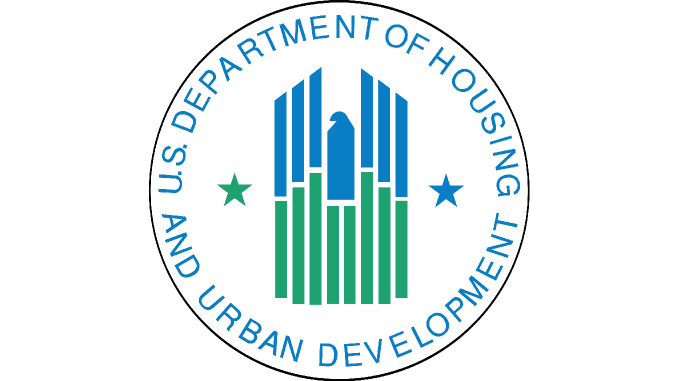
The answer in my opinion is yes. When the Supreme Court by a 5-4 vote upheld disparate impact they upheld this country going backwards in time. A time of government created permissions and maps, which led to the Civil Rights Acts of 1866, 1968 and the government created and mandated segregation of over 150 years.
Within days of the decision HUD released its Affirmatively Furthering Fair Housing program. The purpose of this program? Here are the two definitions the rule centers on according to HUD’s Duty to Affirmatively Further Fair Housing fact sheet:
Affirmatively furthering fair housing “means taking meaningful actions, in addition to combating discrimination, that overcome patterns of segregation and foster inclusive communities free from barriers that restrict access to opportunity based on protected characteristics. Specifically, affirmatively furthering fair housing means taking meaningful actions that, taken together, address significant disparities in housing needs and in access to opportunity, replacing segregated living patterns with truly integrated and balanced living patterns, transforming racially and ethnically concentrated areas of poverty into areas of opportunity, and fostering and maintaining compliance with civil rights and fair housing laws. The duty to affirmatively further fair housing extends to all of a program participant’s activities and programs relating to housing and urban development.”
Meaningful actions “means significant actions that are designed and can be reasonably expected to achieve a material positive change that affirmatively furthers fair housing by, for example, increasing fair housing choice or decreasing disparities in access to opportunity”
The jurisdiction must use HUD’s Assessment of Fair Housing tool.This tool maps the population by race and ethnicity. When a jurisdiction fills out the assessment package, which they are required to do, It asks very detailed information about number and type of individuals and where they live in the community. Part of the stated goal is to “balance living patterns” by ethnicity and race.
At the same time in the assessment documentation the catch 22 is demonstrated. For example, in one section the assessment asks for information on areas of poverty in need of revitalization in the form of rehabbed or new housing, cleanup of toxic areas, better schools and community amenities like banks, libraries, grocery stores, etc.
In another section the assessment asks about already revitalized or in the process of being revitalized areas and the increase in new housing, increase in rents and/or sales prices, etc.
At the risk of stating the obvious, when areas of high crime, few community services and dilapidated housing get an influx of money and properties are cleaned up by investors rehabbing buildings and soliciting new businesses to the area, housing costs go up over time as that process continues and more people want to live in the area, work in the area and invest in the area.
Well, according to Disparate Impact if that series of events results in residents being dislocated, that is a violation. On the other hand, if the community fails to address the obvious needs of the area, that is a violation. Oh, and if the ethnic/racial members of the community are not balanced properly, that is a violation. How do communities know what the racial balance of an area is? HUD has a helpful assessment map. Each colored dot represents 75 people of that race. Orange for White, blue for Hispanic, etc. No dot for mixed race American. No mention of how the government will decide your ethnic and racial background. Will it be by skin color? Or last name? or?
So how do you think contractors, business people and others interested in revitalizing urban areas of poverty will react? Would you be willing to risk your money, reputation, intelligence, creativity, gifts and talents when you are at the mercy of an unknown government employee assessing if your improvements to the community meet “fair” guidelines? How do you decide how much renewal is too much? How do you restrict who has access while complying with fair housing? (…replacing segregated living patterns with truly integrated and balanced living patterns…”). HUD proposes a reduced rent for some current residents while encouraging others to relocate to other areas of town. All the while HUD claims there is no race or ethnicity test, there is no reduction in personal choice of where to live and there is no risk to businesses.
These and other concerns were voiced during the public comment period prior to publication in the Federal Register. In the end HUD’s responses were not helpful, compelling or based in actual knowledge of individual people.
